Different Types of Water you Need to Know
Different Types of Water
Mineral water, spring water, sparkling water- these are some common terms that we frequently come across. However, many of us are not aware of the difference between these terms. Water forms a 2/3rd portion of our body and plays an important role in helping digestion, removing constipation, and carrying oxygen to our cells. Considering these factors, it is important to understand the different types of water available and their uses. Water is distinguished on the basis of composition, consistency, origin, and treatment. In this blog, we discuss the 7 different types of water and their purposes.
1. Tap Water
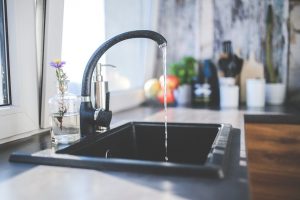
The water that you get directly from your faucet is tap water. Tap water is generally taken from a dam or river and supplied to your home through pipelines. Tap water is ideal for household purposes, such as cleaning, gardening, cooking, and washing clothes. Tap water, however, needs to meet the standards set by the local municipal bodies. Tap water may always not be suitable for your drinking purposes, especially if the pipelines are old and have leakages. As a result, if tap water is the main source of water supply, ensure that you get the best water purifier for your home. KENT provides top-quality RO water purifiers that remove contaminants and dissolved impurities to make water suitable for consumption.
2. Spring Water
As the name suggests, spring water comes from natural springs formed from an underground source. What makes spring water different is the water is not recycled and you get it directly from the source. Though natural spring water is not supplied by the common community water system, it is suitable for drinking as it comes from the underground.
3. Mineral Water
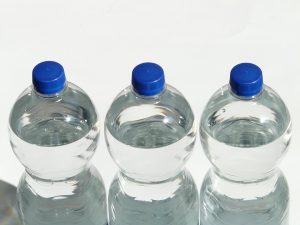
This type of water naturally contains essential minerals. The reason is mineral water is obtained from underground sources which is the reason why it is rich in minerals such as calcium, magnesium, and manganese. Any further minerals can’t be added to the water and it can’t be subjected to any further treatment. However, mineral water can be subjected to limited processes such as carbonation or iron removal before packaging. Though many people prefer bottled mineral water, it is advisable to avoid drinking bottled water as it contains toxins and microorganisms. Instead of bottled water, install the best water purifier for the home to save money and also stay safe.
Also Read: 5 Scary Reasons to Stop Drinking Bottled Water
4. Well Water
Well-water is not very common in urban areas, however, it is the main source of water supply in rural areas. Water trickles down and travels into the cervices of the soil when it rains. The main feature of well water is it directly taps the water source and is available on the surface via a drilled well. The well water may also be contaminated which is the reason why it is necessary to follow a purification process before using well water.
5. Distilled Water
Distilled water is something that has been subjected to a treatment process to remove minerals and salts by reverse osmosis and distillation. Though distilled water is one of the purest forms of water, it is advisable to avoid drinking distilled water as it doesn’t contain the essential minerals or salts.
6. Sparkling Water
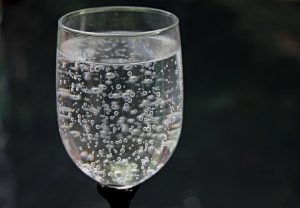
Restaurants often ask you whether you prefer mineral or sparkling water. Though we are aware of mineral water, sparkling is something that many of us are not very familiar with. Sparkling water is something that has undergone carbonation as a result of which it becomes frizzy, similar to sodas. You can convert spring, purified, or even mineral water into sparkling water by adding carbon dioxide.
Also Read: 3 Facts About Drinking Water in India: Why a Water Purifier Is a Must
7. Hard Water
Most of the homes in India get hard water. Plain water contains only two hydrogen atoms and one oxygen atom. However, when water is supplied to your home, it passes through limestone and picks up unwanted minerals to water, thereby making it hard. The presence of an excessive amount of calcium and magnesium increases the hardness of the water. In some regions, hard water may contain iron, aluminum, and manganese. Hard water is the reason for a number of problems such as dry skin, dull hair, and corrosion of plumbing fixtures. The only way to deal with hard water is to install a Water Softener from KENT. The compact appliance easily converts hard water into soft without using any electricity.
8. Alkaline Water
Drinking water with the right pH level is necessary to stay healthy. Drinking water that is too acidic has a negative impact on your health. The pH level of alkaline water is less than normal water and contains alkaline minerals and negative oxidative reduction potential (ORP). The right pH level in water can help you neutralize excessive acid present in the body. Water with the right pH level slows down the aging process and even prevents cancer. You can use KENT Alkaline Water Filter Pitcher to balance the pH level of drinking water.
Last Few Words
Those were the 7 different types of water sources. Most of the water sources are polluted, which makes it important to ensure that you purify the water before drinking. KENT RO water purifiers help in removing contaminants and microorganisms to make them suitable for consumption. To find out more about the range of water purifiers from KENT, visit our website.


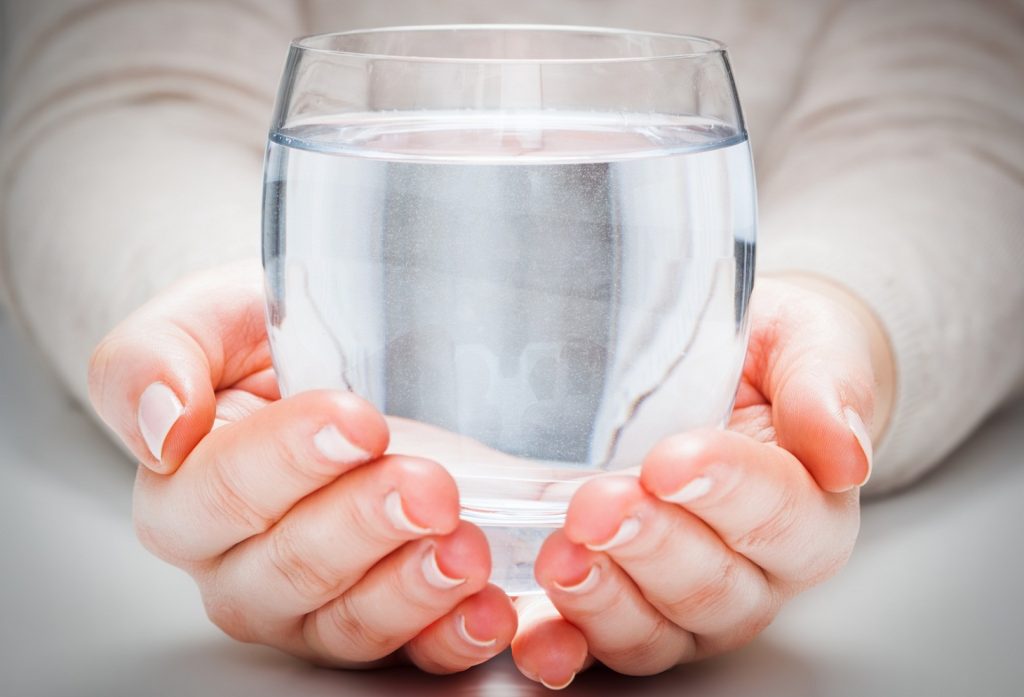
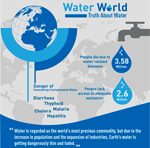

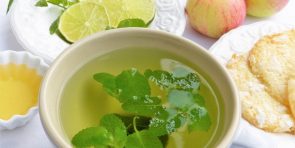
My brother suggested I may like this web site. He was entirely right.
This putt up actually made my day. You cann’t imagine simply hoow so much time I hhad spent for this information! Thanks!
This blog is so informative. Thank you for providing information about different types of water and the benefits This is really helpful.
Hi Prashanth,
Thank you for your valuable feedback. This means a lot to us. Please feel free to contact us in case you need any further assistance.
Regards,
Kent Team